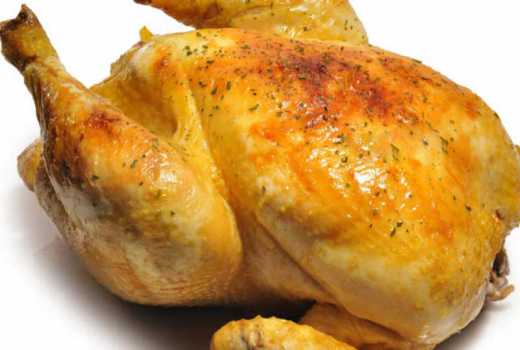The just ended December festivities were not complete without excessive feasting and binge drinking, yet the bible warns that gluttony is a sin. Few take that seriously and the end results include aching stomachs, running bowels and general increased intake of tummy relievers.
There is also liberal application of margarine on bread during such festivities besides reckless sprinkling of food  additives and spices even in homes where residents exist 100 metres below the poverty line.
additives and spices even in homes where residents exist 100 metres below the poverty line.
Margarine, food additives and spices have one thing in common: Most are yellow.
And it’s not just margarine. Chapati, a favourite during festive seasons, is yellowish. Would chapatis be as tasty if they were black in colour? Stew is mostly yellow or brownish-yellow and isn’t yellowish rice better looking and easy on the taste buds than plain white mchele?
Imagine if chicken or beef stew was blue like swimming pool water, black like Guinness or green like miraa.
One of the easiest ways of colonising a people is through forcing your colour into theirs. Food is part of culture and a huge part of ‘Americanising’ the world. There is no Kenyan food chain selling mutura (which hardly has a Kiswahili or English word equivalent) in America, but the USA is entrenching its culture here via Subway and Burger King. All feature yellow in their emblems.
Yellow is also the colour of alcoholic beverages. The background colour of Tusker lager is yellow as is its corporate colours and Tusker FC wears yellow kit. Tusker lager is yellowish as are most beers besides those whose barley is roasted to ensure they’re ‘made of black.’
Why yellow?
Well, colour psychology is such that yellow and orange stimulate taste buds making people feel hungry. The other colour with similar effect is red, the background colour on the logo of Kentucky Fried Chicken (KFC), the other American fast food chain in Nairobi.
The psychology of colour on food was tested among American urban housewives by scientific researcher Louis Cheskin in 1957.
In their 1990 book, The Psychology of Consumer Behaviour, Brian Mullen and Craig Jackson informs us that Cheskin displayed a spat of margarine in yellow and butter in white and asked the women to taste for their verdict. The women preferred yellow margarine... which they thought was butter!
At the time there was huge marketing war between margarine and butter makers over the use of yellow: Butter is traditionally yellow, a colour derived from plant carotene in the milk of grass-fed cows while margarine, as made from beef fat was whitish, an unappetizing shade.
Indeed, in The Politics of Yellow: Margarine Vs Butter published in 2011, Dr Lisa Wade informs us that margarine makers had a problem marketing it because of its whitish colour. The margarine manufacturers even toyed with the idea of dying it yellow!
In Kenya, the poor took tubers for breakfast while the well-heeled had Elliot’s bread which had been around since 1903 when it fed the Indian Coolies constructing the Uganda Railway.
It wasn’t until 1955 that East African Industries (today Unilever) introduced margarine, five years after American President Harry S. Truman lifted a 53 year ban on use of margarine.
Today, cooking oil is hardly white but yellow which explains the yellow hue in chips and that succulent outer part of deep fried chicken!
 The Standard Group Plc is a multi-media organization with investments in media
platforms spanning newspaper print
operations, television, radio broadcasting, digital and online services. The
Standard Group is recognized as a
leading multi-media house in Kenya with a key influence in matters of national and
international interest.
The Standard Group Plc is a multi-media organization with investments in media
platforms spanning newspaper print
operations, television, radio broadcasting, digital and online services. The
Standard Group is recognized as a
leading multi-media house in Kenya with a key influence in matters of national and
international interest.









